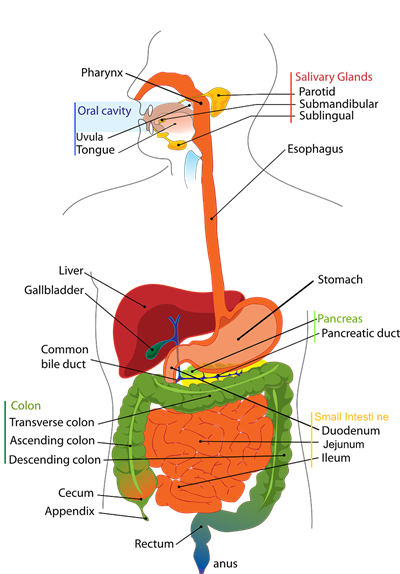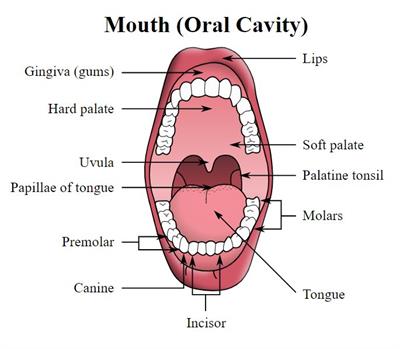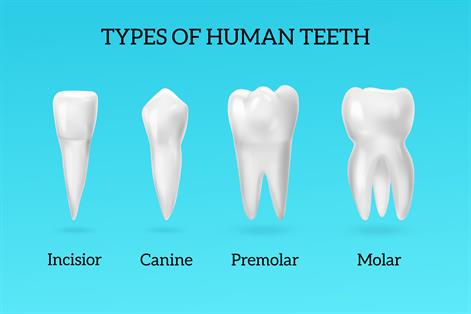PDF chapter test TRY NOW
Food is a complex mixture consisting of simple vitamins and minerals, including complex substances like carbohydrates, proteins, and fats.
The body cannot directly use all these substances due to their complexity. Hence, they are to be converted to simple substances. This conversion is brought about by \(5\) stages of the nutrition process:
- Ingestion
- Digestion
- Absorption
- Assimilation
- Egestion
Ingestion and Digestion:
- The process in which nutrition begins with food, called ingestion.
- Digestion is called the breakdown of large complex insoluble food molecules into simpler soluble and diffusible particles by digestive enzymes.
All the organs of the body that are concerned with the digestion of food form the digestive system.
The digestive system
The human digestive system consists of the alimentary canal or the gastrointestinal tract and the various glands. The function of this system is to convert the complex food substances into simple forms and absorb the digested food.

The human digestive system
The alimentary canal is a tubular organ of about \(9\)meters long. It consists of a series of hollow organs from the mouth to the anus.
Structure of the alimentary canal
The alimentary canal is a muscular coiled, tubular structure. It consists of,
- Mouth
- Buccal cavity
- Pharynx
- Oesophagus
- Stomach
- Small intestine (duodenum, jejunum and ileum)
- Large intestine (caecum, colon and rectum)
- Anus
Mouth:
It is the structure that leads into the buccal cavity. The buccal cavity is bound by two soft, movable upper and lower lips. It is enclosed by the palate and jaws, separating the trachea from the oesophagus.

The structure of mouth (oral cavity or buccal cavity)
Teeth:
The jaws tightly hold teeth. Teeth are meant for cutting, grinding and crushing the food for easy digestion, known as mechanical digestion.
Human teeth are diphyodont as they develop two sets in their lifetime.
- The teeth that appear first in the lifetime are known as temporary or milk teeth (\(20\) in number).
- The second and permanent set develops, and they are \(16\) in each jaw (\(32\) number).
Tooth has a root fitted in the gum, and they are known as the thecodont. The teeth are \(4\) (permanent) and \(3\) (temporary) types, known as heterodonts based on structure and function.
The \(4\) types of permanent teeth are,
- Incisors (i)
- Canines (c)
- Premolars (pm)
- Molars (m)

Types of human teeth
Types of teeth | Number of teeth | Functions |
|
|
|
|
|
|
|
|
|
|
|
|
The number of different type of teeth present in each half of a lower jaw and upper jaw is represented by a dental formula as follows:
- Dental formula for milk teeth in each half of upper and lower jaw:
- Dental formula for permanent teeth in each half of upper and lower jaw:
Reference:
<a href='https://www.freepik.com/vectors/teeth'>Teeth vector created by macrovector - www.freepik.com</a>
https://upload.wikimedia.org/wikipedia/commons/c/c3/Illu_mouth.svg
